The ‘microblading’ emerged as an alternative technique to micro pigmentation, which covers bald areas and gives the desired shape to the eyebrow in deeper layers. On the other hand, ‘microblading‘ designs the eyebrows with more subtle pigments in the epidermis; hence its effect is shorter.
If you are one who has less hair in the eyebrow area then microblading is great alternate to solve this issue. One must know about microblading healing process and prevent infections. These can include:
Recommendations before Microblading Treatment
While the process after microblading is key, the attention we give to our health before carrying out the treatment is also crucial. In fact, by the nature of the technique, experts recommend:
· Do not consume alcohol, coffee, or drinks containing caffeine and other stimulants within 12 hours before treatment.
· Do not exercise one day before treatment.
· Do not expose yourself to the sun 15 days before treatment.
· Avoid exfoliating treatments like microdermabrasion.
· Avoid applying products like Botox, AHA, and retinoids.
· Do not makeup or pluck the eyebrows for several days before applying the treatment.
· Inform the specialist about your general health. If you suffer from type 1 and 2 diabetes, high blood pressure, thyroid, or any serious illness, you must present a report issued by your doctor authorizing it to be carried out.
Microblading: The Step-by-Step Process
1. First, the professional will measure the eyebrows to define the design based on our facial features and the eyebrow’s natural shape.
2. Once the reference measurements are determined, the eyebrow model is drawn with a pencil. This allows us to visualize the design before applying the treatment.
3. Once this is done, the next step will be to choose the pigment’s color. The selection will depend on the natural color of the skin, eyes, and hair. In this way, it is important to know that, after application, it is normal for the tone to be a little darker at first.
4. Then topical anesthesia is applied and left to rest for about half an hour.
5. The specialist will design the eyebrow and fill the spaces hair by hair, making superficial cuts to deposit the new pigment. If a tebori-type pen is used for this, the process can be divided into two phases. But, in short, the brow is covered with color to allow absorption of the pigment, and then the area is cleaned.
6. At the end of the process, the specialist will apply a medical silicone to cover the skin for the next 24 hours. At this point, he will also indicate the post-treatment care for the correct healing of the area.
7. After healing, a touch-up is often recommended to finish refining the design.
Without a doubt, it is a non-invasive treatment that can make a difference. However, the technique must be applied by a professional expert in the field to avoid complications in the short and medium-term. One can find out expert for microblading by searching online.
Read More:

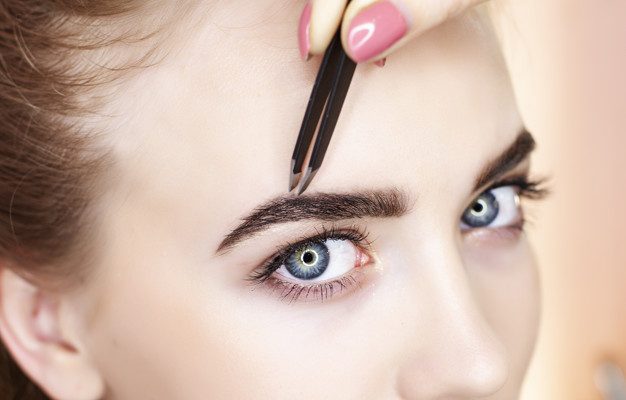
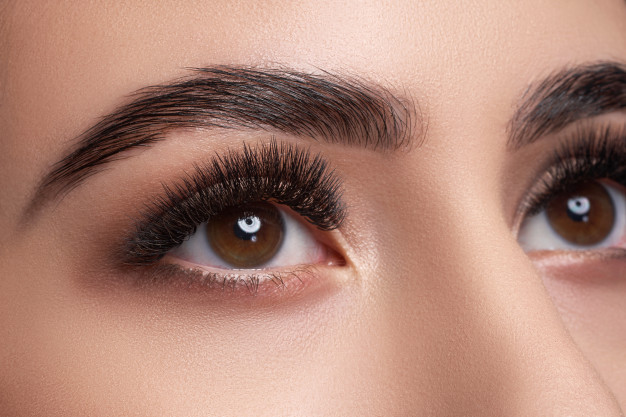

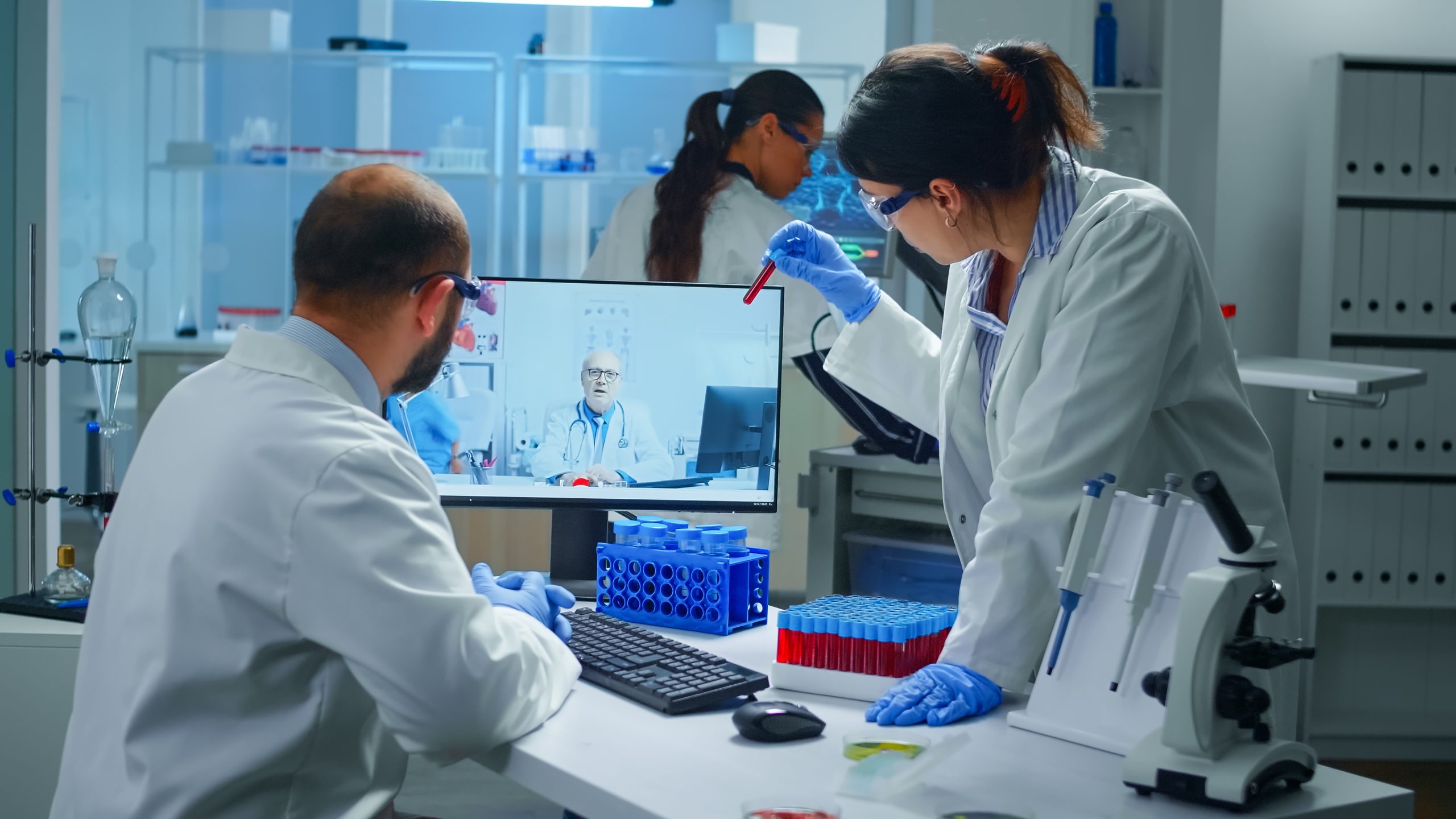
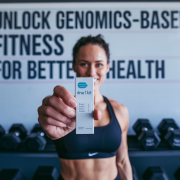
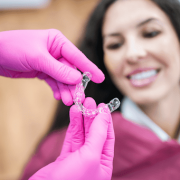




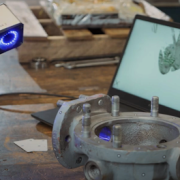



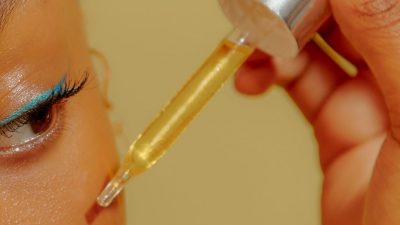

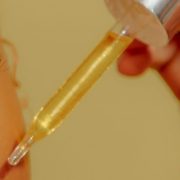

Comments